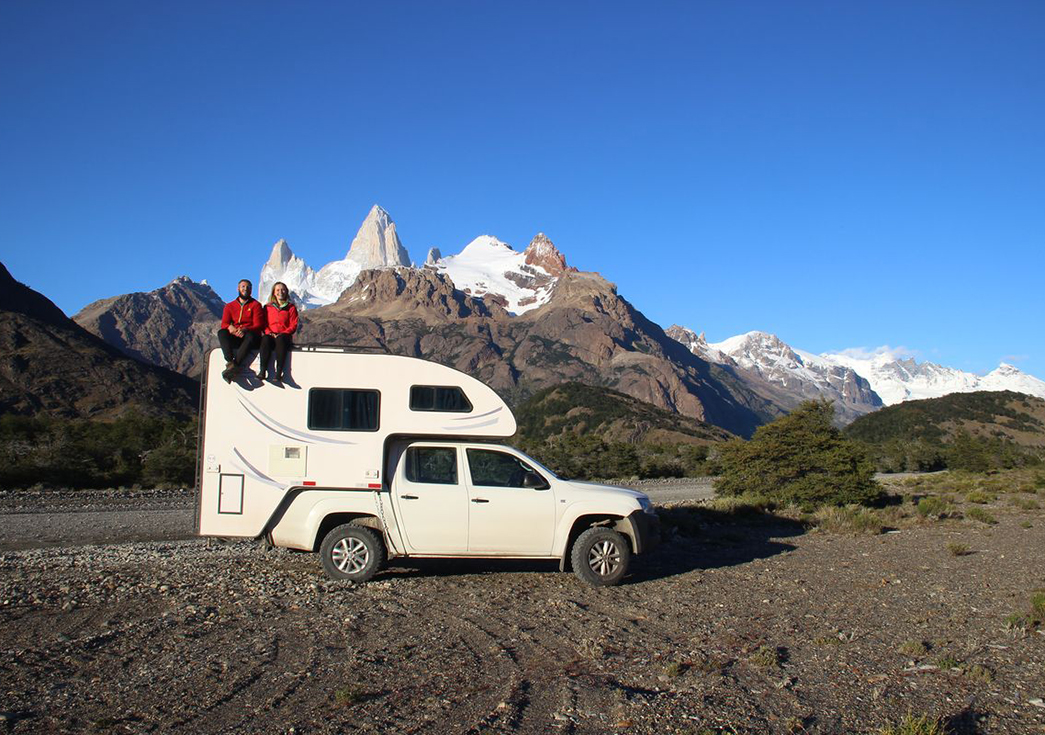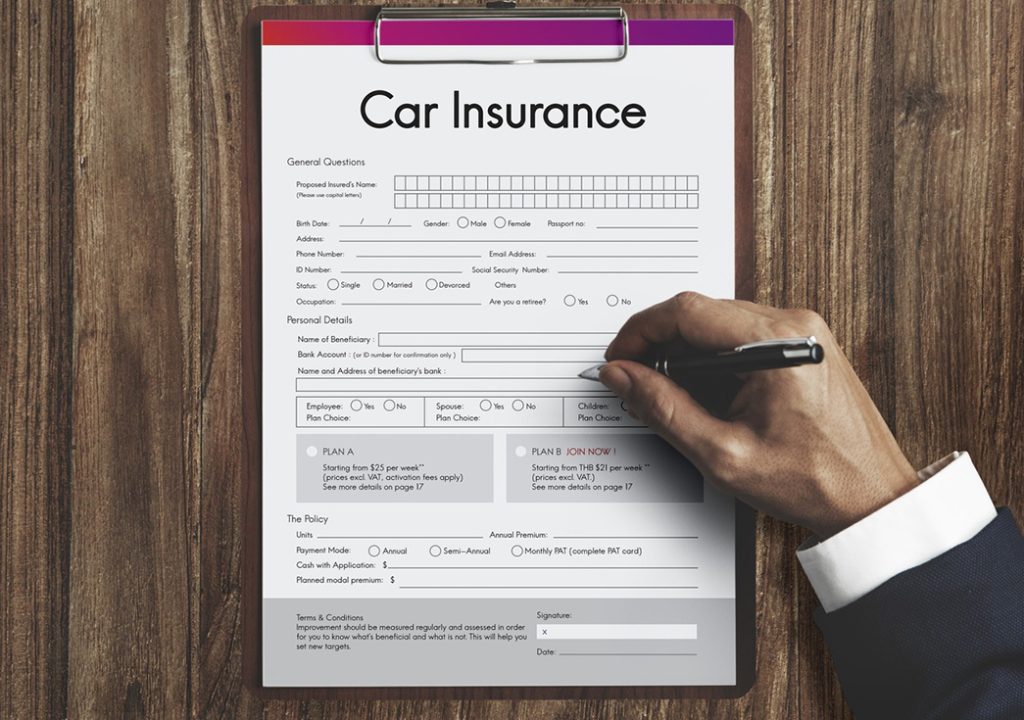A Comprehensive Guide to Car Rental in Chile 2024: The Ultimate Way to Explore This South American Gem

I’ve always believed that self-driving is one of the most immersive and liberating ways to experience a country. Chile, with its diverse landscapes and rich natural beauty, is a paradise for road-trippers. From the arid expanses of the Atacama Desert in the north to the towering peaks of Torres del Paine in the south, and the serene wine valleys in between, renting a car allows you to explore these wonders at your own pace, free from the constraints of public transportation or guided tours.
In 2024, I found myself once again on Chilean soil, ready to dive deep into the country’s stunning landscapes with the freedom that only a rental car could offer. In this guide, I’ll share my experiences and tips for renting a car in Chile, helping you navigate everything from where to rent to what insurance to choose, so you can embark on your own unforgettable Chilean adventure.
1. Where Can You Rent a Car in Chile?
Renting a car in Chile is relatively straightforward, especially in major cities and popular tourist areas. Car rental services are available at most international airports, city centers, and tourist hotspots like Santiago, Valparaíso, the Atacama Desert, and Torres del Paine National Park.
Airport Rentals:
For most travelers, their journey in Chile begins at Santiago’s Arturo Merino Benítez International Airport. Here, you’ll find a variety of international and local car rental companies, such as Hertz, Avis, Europcar, and Budget. Renting at the airport is convenient, allowing you to pick up your car right after you land and hit the road without delay.
City Center Rentals:
If you prefer not to drive immediately upon arrival, you can rent a car from a city center location. In Santiago, for example, many rental agencies are located near major hotels and landmarks, offering a wide selection of vehicles. Renting from the city center may also save you a bit of money compared to airport rates.
Rentals in Tourist Hotspots:
In destinations like San Pedro de Atacama, near the Atacama Desert, or Puerto Natales, close to Torres del Paine National Park, you’ll also find rental services. These locations typically offer vehicles suited for the local terrain, such as 4x4s or high-clearance SUVs, ideal for unpaved roads.
For my trip, I opted to rent a car directly from Santiago Airport, as it allowed me to start my road trip immediately. Before departing, I booked a comfortable SUV online, a vehicle well-suited for both long drives and occasional off-road adventures.
2. How Much Does It Cost to Rent a Car in Chile?
The cost of renting a car in Chile varies depending on several factors, including the type of vehicle, the length of the rental, whether you’re traveling during peak season, and any additional insurance or equipment you may need. Here’s a breakdown of the key factors that influence rental costs:
Vehicle Type:
Chilean rental agencies offer a wide range of vehicles, from compact economy cars to robust 4x4s. Economy cars, ideal for city driving or short trips, typically cost between $25 and $40 per day. In contrast, SUVs or 4x4s, perfect for long road trips and rough terrain, range from $50 to $100 per day. If you’re planning to visit places like the Atacama Desert or Torres del Paine, I strongly recommend opting for a 4×4. While more expensive, it ensures your safety and comfort on challenging roads.
Rental Duration:
The longer your rental period, the lower the daily rate. Most rental companies offer discounts for weekly, bi-weekly, or monthly rentals. If you’re planning an extensive road trip across Chile, consider renting for a month to take advantage of these discounts.
Peak vs. Off-Peak Season:
Chile’s peak travel season runs from December to February, during the southern hemisphere summer. This period sees higher rental prices, typically 20% to 30% more than off-peak rates. If you travel during the off-season (May to September), you can benefit from lower rental costs and fewer tourists.
Additional Costs:
Be mindful of extra costs such as GPS devices, child seats, or additional driver fees, which can add to your total. Additionally, in some regions, there may be a one-way rental fee if you plan to return the car to a different location. These fees vary based on the distance between pickup and drop-off points and the rental company’s policies.

For my two-week journey, I rented a 4×4 SUV at a daily rate of around $75. Given that I planned to explore remote areas, this was a worthwhile investment. The total cost, including basic insurance, an additional driver, and a GPS device, came to approximately $1,400.
3. What Insurance Should You Buy When Renting a Car in Chile?
When renting a car in Chile, getting the right insurance is crucial. While rental companies typically provide basic coverage, it’s important to understand the options available and choose the right additional insurance based on your needs. Here are the main types of insurance to consider:
Collision Damage Waiver (CDW) / Loss Damage Waiver (LDW):
Most rental companies include basic insurance, such as a Collision Damage Waiver (CDW) or Loss Damage Waiver (LDW), in the rental price. This coverage reduces your financial responsibility in case of damage or theft, though it usually comes with a high deductible—ranging from $500 to $1,000.
Super Collision Damage Waiver (SCDW):
To lower or eliminate the deductible, you can purchase a Super CDW. Although this increases the rental cost, it provides peace of mind by significantly reducing or eliminating your out-of-pocket expenses in the event of an accident. For travelers seeking extra security, SCDW is a smart choice.
Supplemental Liability Insurance (SLI):
Chilean law requires all drivers to have third-party liability insurance. While some rental companies include basic liability coverage, the coverage amount may be limited. To protect yourself fully, consider purchasing additional Supplemental Liability Insurance (SLI), which offers higher coverage limits.
Personal Accident Insurance (PAI):
Personal Accident Insurance (PAI) covers medical expenses for the driver and passengers in case of an accident. If you don’t already have travel insurance that includes such coverage, adding PAI to your rental package can provide additional protection.
Tyre and Glass Insurance (TGI):
In remote areas of Chile, especially on gravel roads, tire punctures and windshield damage are more common. Tyre and Glass Insurance (TGI) covers these specific damages. While the likelihood of such incidents is low, this insurance can be valuable if you plan to venture into rugged terrain, such as the Atacama or Patagonia.
For my trip, I opted for basic insurance, supplemented by SCDW and additional liability insurance. This combination lowered my deductible to zero and ensured I was covered in all scenarios. This allowed me to fully enjoy my journey without worrying about potential financial risks.
4. Common Questions About Renting a Car in Chile
Before you hit the road in Chile, it’s helpful to know what to expect. Here are answers to some common questions and tips to make your Chilean road trip as smooth as possible:
Do I Need an International Driving Permit?
While Chile allows foreigners to drive with a valid license from their home country, it’s strongly recommended to carry an International Driving Permit (IDP). The IDP can help you avoid misunderstandings, especially if you encounter language barriers with local authorities or rental agencies.
What Are the Road Conditions Like?
Chile’s main highways, like the Pan-American Highway (Route 5), are well-maintained and suitable for all vehicle types. However, in remote regions such as the Atacama Desert or Torres del Paine, you’ll encounter unpaved roads and narrow mountain paths. For these areas, a 4×4 or high-clearance vehicle is essential.
What About Fuel and Gas Stations?
Fuel is readily available along major roads and in cities, but gas stations can be sparse in rural or remote areas. Always fill up before long drives, especially when venturing into the countryside. In Chile, fuel prices are relatively stable, ranging from $1.20 to $1.50 per liter. Remember to choose the correct fuel type—gasoline or diesel—to avoid damaging the vehicle.
Do I Need to Pay Tolls?
Yes, many of Chile’s highways have tolls. Most rental cars are equipped with an electronic toll device (TAG), which automatically charges tolls as you pass through. The rental company will usually bill you for tolls when you return the vehicle. If your car doesn’t have a TAG, be prepared to pay tolls in cash.
What Are the Traffic Rules and Etiquette?
In Chile, drivers must drive on the right side of the road, and speed limits are strictly enforced (50 km/h in cities and 100-120 km/h on highways). The Carabineros (Chilean police) are vigilant about enforcing traffic laws, especially regarding speeding and drunk driving. Additionally, be mindful of pedestrians and cyclists, particularly in rural areas.

Can I Drive Across Borders?
If you plan to drive from Chile to neighboring countries like Argentina or Peru, you’ll need to inform the rental company and obtain the necessary cross-border documentation. Most rental companies charge a fee for this service and provide the required paperwork and insurance. Note that not all companies allow cross-border rentals, and the process can be complex, so plan accordingly.
Chile in 2024 remains a land of adventure and stunning beauty, best explored on your terms through a self-driving journey. Whether you’re drawn to the desolate mystique of the Atacama Desert or the sweeping grandeur of Patagonia, renting a car offers unparalleled freedom. I
hope this guide has provided you with a clearer understanding of the car rental process, costs, and essential tips for a smooth and enjoyable road trip.
Self-driving in Chile can be challenging, but it also offers endless opportunities for exploration. Along the way, I encountered not only breathtaking landscapes but also the warmth and hospitality of the Chilean people. Whether you’re traveling solo, with friends, or with family, every stretch of Chilean road will leave you with unforgettable memories.
So pack your bags, rent a car, and embark on your own Chilean adventure today!
Tags: Car Rental, Chile, the Atacama Desert